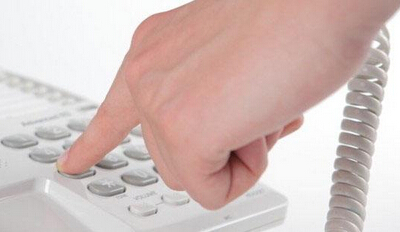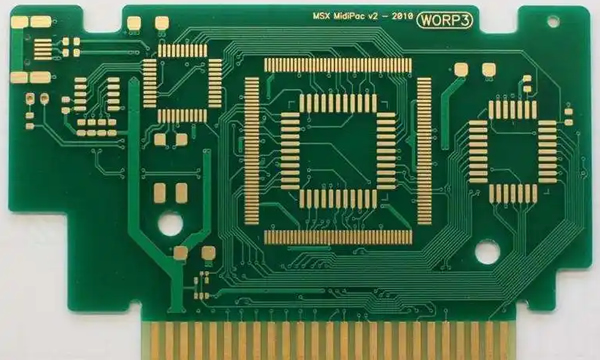
2025-03-27

What is the significance of impedance for PCB circuit boards, and why is impedance necessary for PCB circuit boards? This article first introduces what impedance is and its types, then explains why PCB circuit boards need impedance, and finally elaborates on the significance of impedance for PCB circuit boards. Follow me to learn more about it.
In circuits with resistance, inductance, and capacitance, the obstructive effect on alternating current is called impedance. Impedance is commonly represented by Z and is a complex number. The real part is called resistance, and the imaginary part is called reactance. The obstructive effect of capacitors on AC power in a circuit is called capacitive reactance, and the obstructive effect of inductors on AC power in a circuit is called inductive reactance. The obstructive effects of capacitors and inductors on AC power in a circuit are collectively referred to as reactance. The unit of impedance is in ohms.
(1) Characteristic impedance
In electronic information products such as computers and wireless communication, The energy transmitted in the PCB circuit is a square wave signal composed of voltage and time, called a pulse, and the resistance it encounters is called the characteristic impedance.
(2) Differential impedance
Two identical signal waveforms with opposite polarities are input to the driving end and transmitted through two differential lines, respectively. At the receiving end, these two differential signals are subtracted. Differential impedance is the impedance Zdiff between two wires.
(3) Odd mode impedance
The impedance Zoo between one of the two wires and the ground is consistent.
(4) Even mode impedance
The impedance Zcom when two identical signal waveforms with the same polarity are input to the drive end and connected together.
(5) Common mode impedance
The impedance Zoe between one of the two wires and the ground is consistent, usually with a larger impedance than the Beech mode.
The impedance of a PCB circuit board refers to the parameters of resistance and reactance, which act as obstacles to alternating current. Impedance processing is essential in the production of PCB circuit boards. The reasons are as follows:
1. The PCB circuit (bottom of the board) needs to consider the installation of electronic components through plug-in, and after plug-in, consider issues such as conductivity and signal transmission performance. Therefore, it is required that the lower the impedance, the better, and the resistivity should be less than 1&TImes per square centimeter; Below 10-6.
2. PCB circuit boards undergo processes such as copper deposition, electroplating tin (or chemical plating, or hot spray tin), and connector soldering during the production process. The materials used in these processes must ensure low electrical resistivity to ensure that the overall impedance of the circuit board meets product quality requirements and can operate normally.
3. Tin plating on PCB circuit boards is the most common problem in the entire circuit board production process and is a key link that affects impedance. The biggest defects of electroless tin plating are easy discoloration (such as oxidation or deliquescence), poor solderability, which can lead to difficulty in soldering circuit boards, high impedance resulting in poor conductivity or unstable overall board performance.
4. There are various signal transmissions in the conductors of PCB circuit boards. To improve their transmission rate, it is necessary to increase their frequency. If the circuit itself is affected by factors such as etching, stack thickness, and wire width, it will cause impedance value changes, resulting in signal distortion and a decrease in the performance of the circuit board. Therefore, it is necessary to control the impedance value within a certain range.
For the electronics industry, according to industry surveys, the most fatal weakness of chemical tin plating is its susceptibility to discoloration (such as oxidation or deliquescence), poor solderability leading to difficulty in soldering, high impedance resulting in poor conductivity or unstable overall board performance, and easy tin growth leading to PCB circuit board short circuits and even burning or ignition events. Related Reading:Urgent PCB sampling and selecting appropriate tools
 Tel:
Tel:
 Fax:
Fax:
 Address:
Address:
 Mobile:
Mobile:
 Address:
Address: